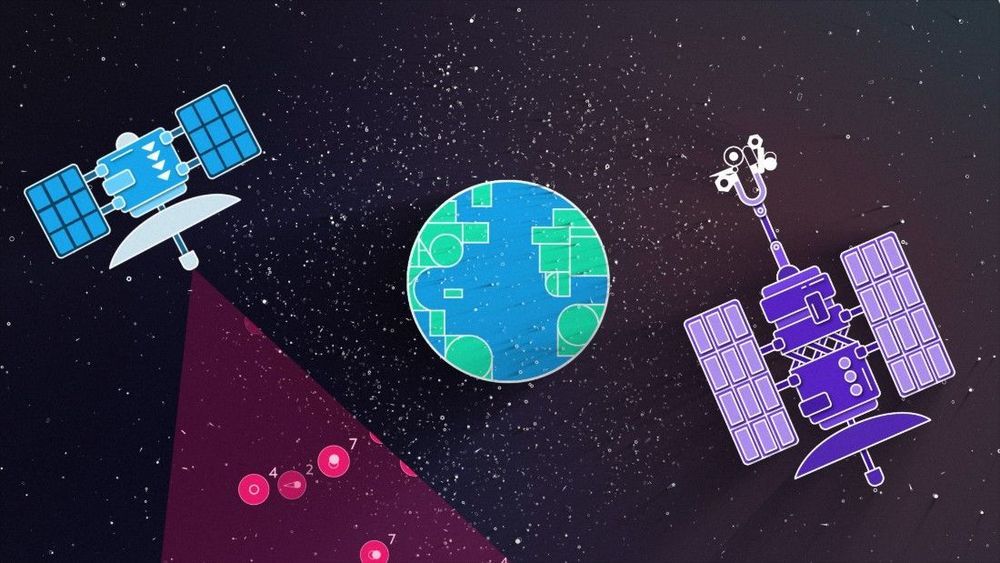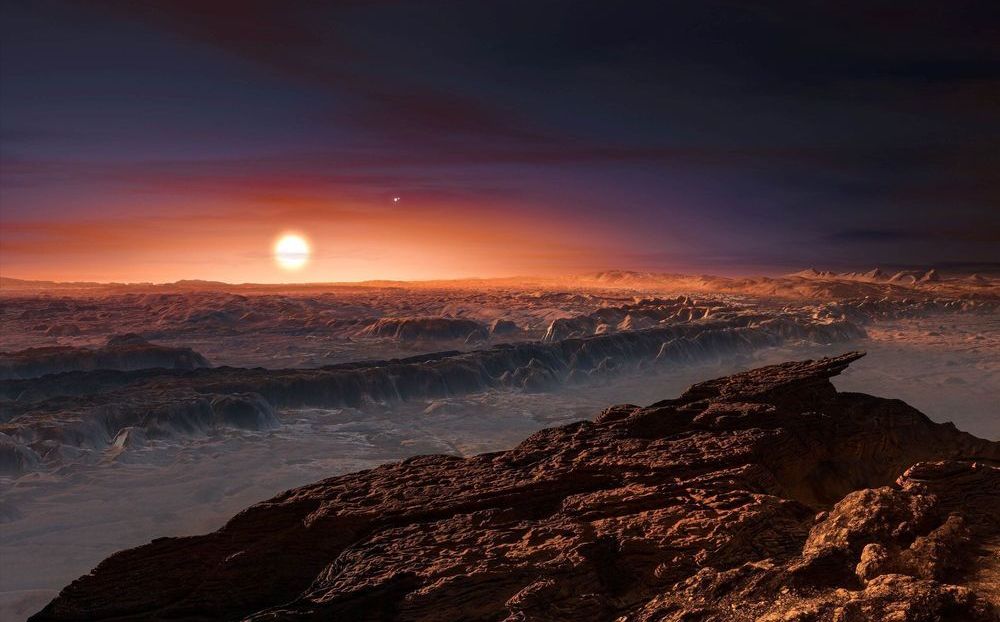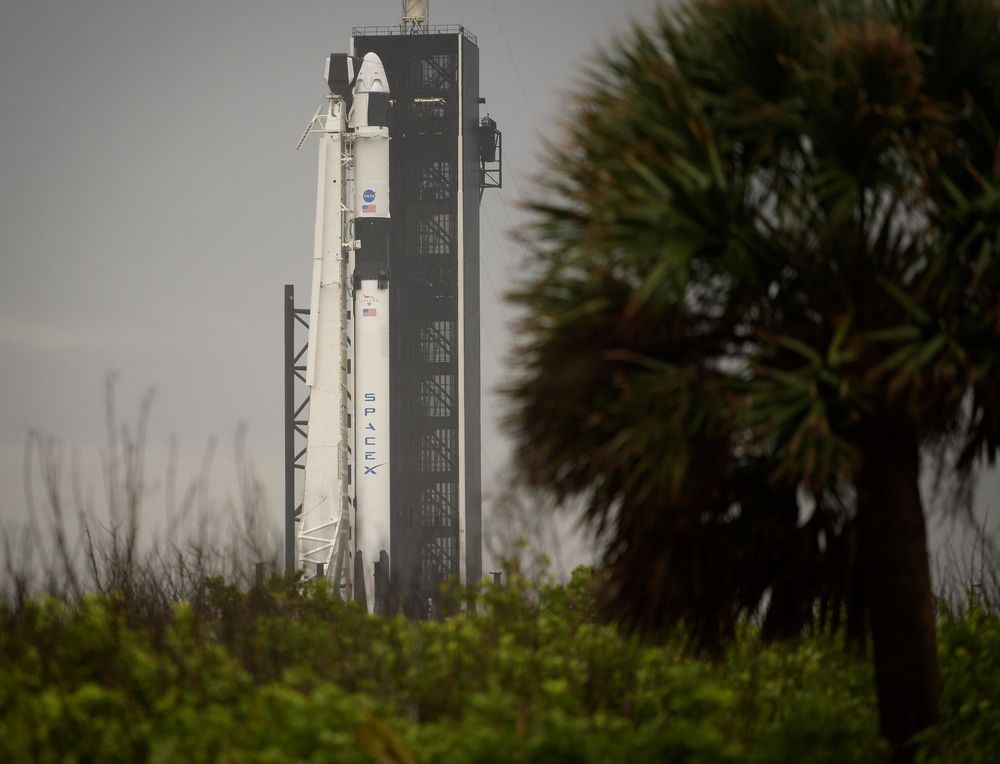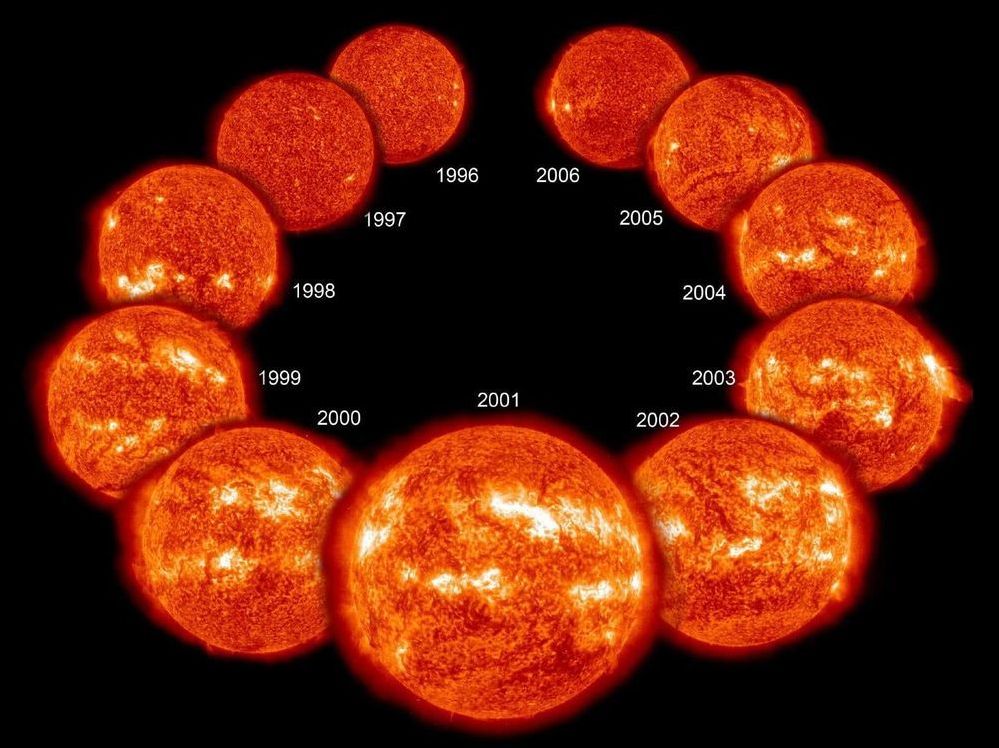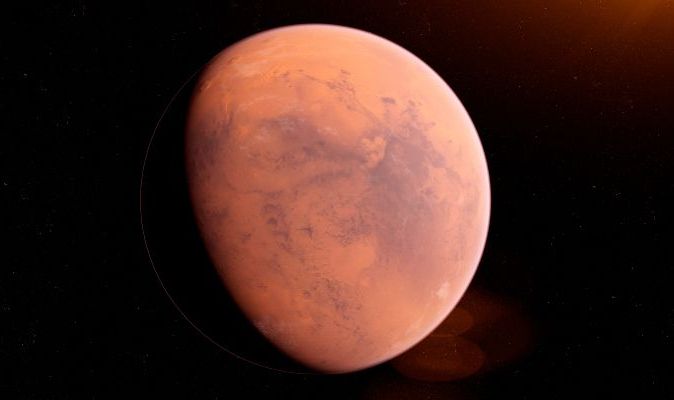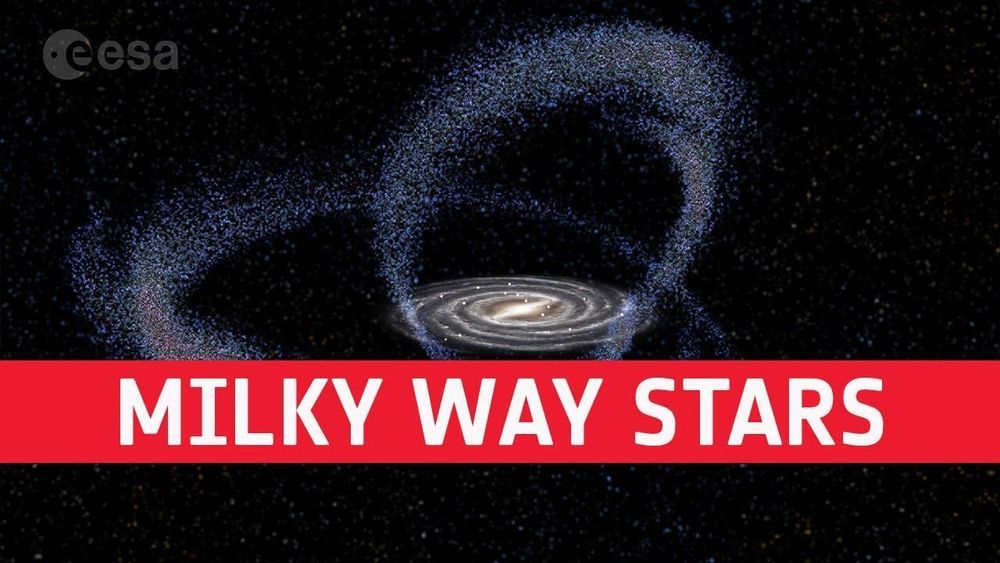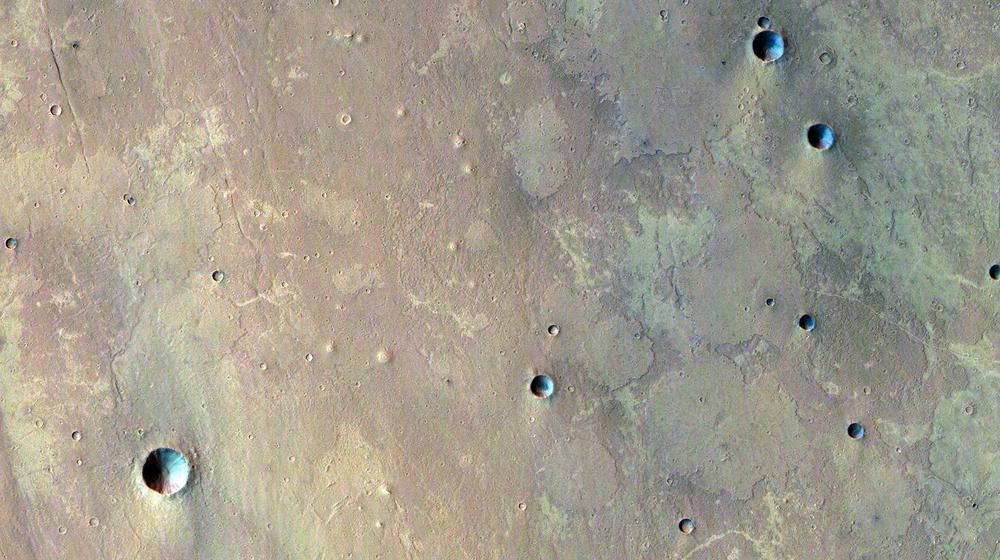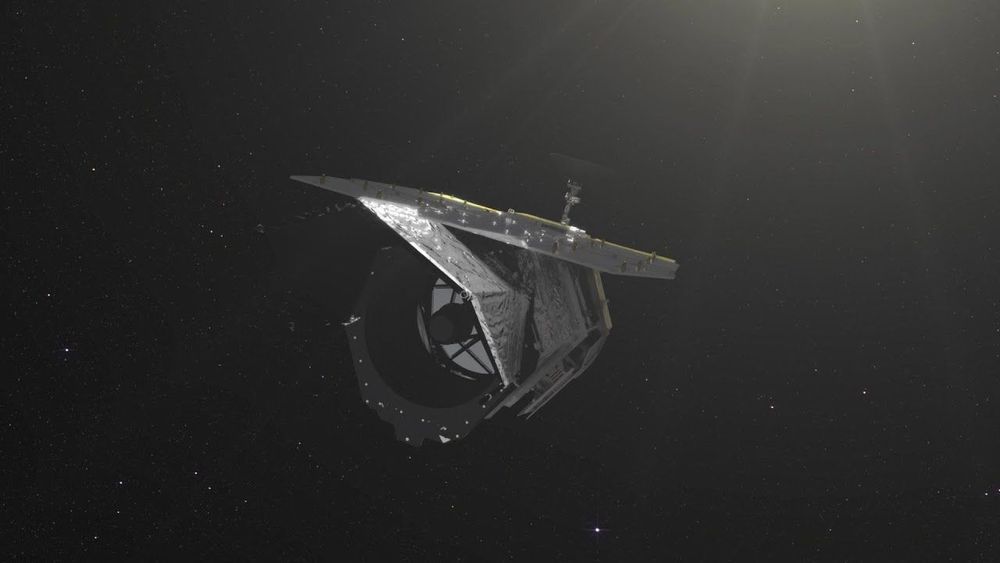In the local (redshift z ≈ 0) Universe, collisional ring galaxies make up only ~0.01% of galaxies1 and are formed by head-on galactic collisions that trigger radially propagating density waves2,3,4. These striking systems provide key snapshots for dissecting galactic disks and are studied extensively in the local Universe5,6,7,8,9. However, not much is known about distant (z 0.1) collisional rings10,11,12,13,14. Here we present a detailed study of a ring galaxy at a look-back time of 10.8 Gyr (z = 2.19). Compared with our Milky Way, this galaxy has a similar stellar mass, but has a stellar half-light radius that is 1.5–2.2 times larger and is forming stars 50 times faster. The extended, diffuse stellar light outside the star-forming ring, combined with a radial velocity on the ring and an intruder galaxy nearby, provides evidence for this galaxy hosting a collisional ring. If the ring is secularly evolved15,16, the implied large bar in a giant disk would be inconsistent with the current understanding of the earliest formation of barred spirals17,18,19,20,21. Contrary to previous predictions10,11,12, this work suggests that massive collisional rings were as rare 11 Gyr ago as they are today. Our discovery offers a unique pathway for studying density waves in young galaxies, as well as constraining the cosmic evolution of spiral disks and galaxy groups.

